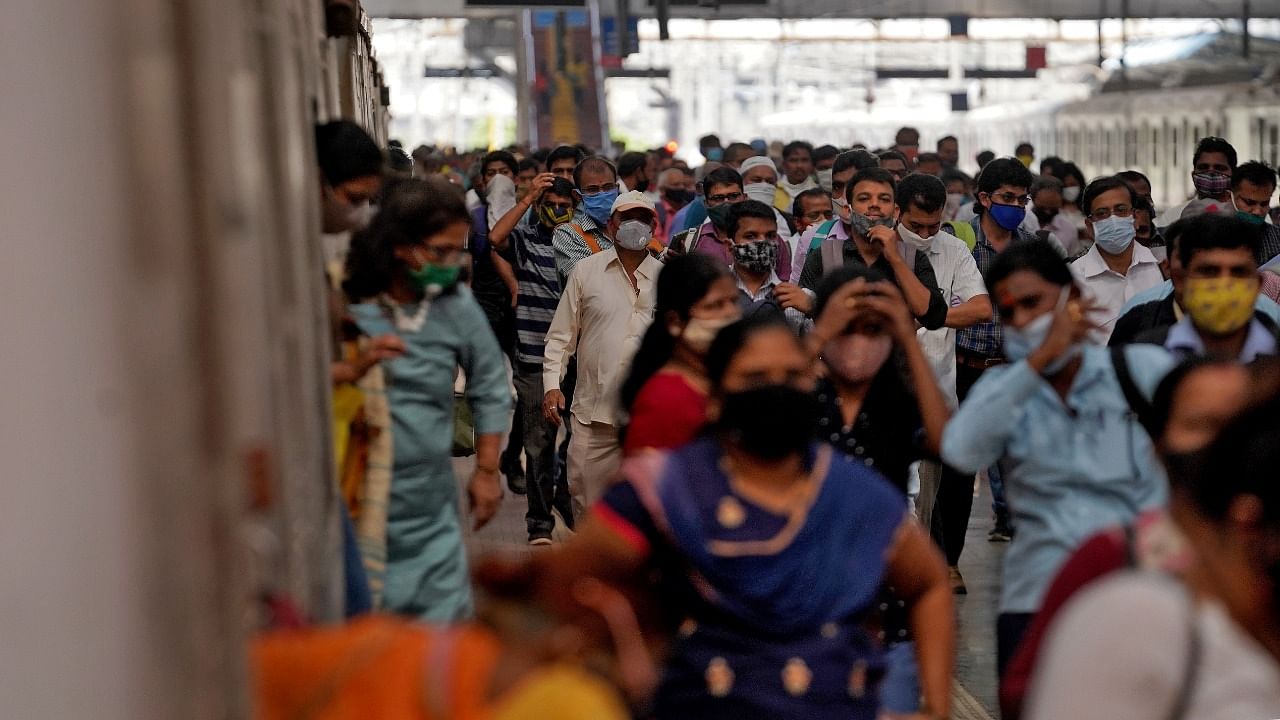
Nearly 25 crore Indians have been exposed to the SARS-CoV-2 by now, according to the Indian Council of Medical Research’s third sero-survey that confirms India is nowhere close to achieving “herd immunity” when the Covid-19 infection ceases to be a pandemic.
Carried out on more than 28,500 people from 70 districts, the survey shows the prevalence of Covid-19 is 21.4% among the adult population, but it goes up to 31.7% in urban slums and 26.2% in urban non-slum areas.
Read | Don't lower guard: Karnataka Health officials after 49 nursing students test positive for Covid-19
Considering India’s population at 136 crore and excluding children below 10 years of age, the 21.6% prevalence translates into nearly 25 crore Indians. For comparison, the reported number of Covid-19 positive cases now stands at 1.08 crore.
The prevalence among the rural population is 19.1%, which highlights the vulnerability of a large section of the population living in villages and small town India. “More than 75% people are still vulnerable,” said V K Paul, NITI Ayog member and a former professor at the All India Institute of Medical Sciences.
This is the third sero-survey that the ICMR carried out to check the extent of the spread of Covid-19. Two previous rounds of surveys found that the Covid-19 infection prevalence had increased from 0.7% in May to 7% in August last year. It is based on a blood test that looks for the antibodies against the novel coronavirus spike protein.
The prevalence among the children rose by nearly five times – it was 5.4% in the second survey conducted in August-September but now shot up to 25.3% in the latest survey carried out in December-January.
“The third national survey is done in 70 districts and therefore represents the burden only in these districts specifically. We need comprehensive surveys with greater frequency to understand the changing trajectory of the pandemic in India covering both rural and urban areas,” Giridhar Babu, an epidemiologist at the Public Health Foundation of India told DH.
“From what we know so far, it appears that dense pockets in urban areas are already nearer to the threshold of population immunity more so in denser slums than non-slums followed by rural areas. We need to continue with all the Covid-19 appropriate behaviour till we have substantial vaccination coverage.”
For the first time ICMR also checked the sero-prevalence among 7,171 healthcare workers and found nearly 25.7% of them were infected. But there was not much difference among doctors and nurses with paramedical staff or administrative workers.
The ICMR survey comes a day after the Delhi government released the results of its fifth such survey claiming more than 56% of Delhi’s population was exposed to the virus. In ten out of 11 districts of the national capital, the prevalence was 50% and above whereas in one district (South East) it was more than 62%. Delhi, however, was excluded in the ICMR survey.
